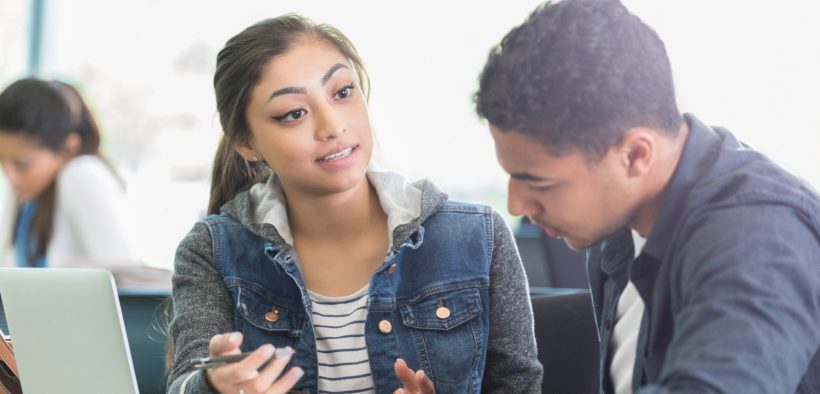Why don’t more college instructors use active learning? Research shows that active learning increases student achievement and retention and can enhance diversity in STEM programs by narrowing the achievement gap for traditionally underrepresented students (Theobald et al., 2020). While active learning use among college instructors has grown over time, research shows that traditional lectures are still the most common form of instruction in undergraduate STEM classrooms. This suggests that the greatest challenge to improving undergraduate instruction might be not a lack of effective teaching strategies but finding ways to broaden the use of those strategies.
Reducing Student Resistance to Active Learning: Some Encouraging Research

Related Articles
I have two loves: teaching and learning. Although I love them for different reasons, I’ve been passionate about...
Active learning is a mostly meaningless educational buzzword. It’s a feel-good, intuitively popular term that indicates concern for...
Perhaps the earliest introduction a student has with a course is the syllabus as it’s generally the first...
Generative AI allows instructors to create interactive, self-directed review activities for their courses. The beauty of these activities...
I’ve often felt that a teacher’s life is suspended, Janus-like, between past experiences and future hopes; it’s only...
I teach first-year writing at a small liberal arts college, and on the first day of class, I...
Proponents of rubrics champion them as a means of ensuring consistency in grading, not only between students within...








